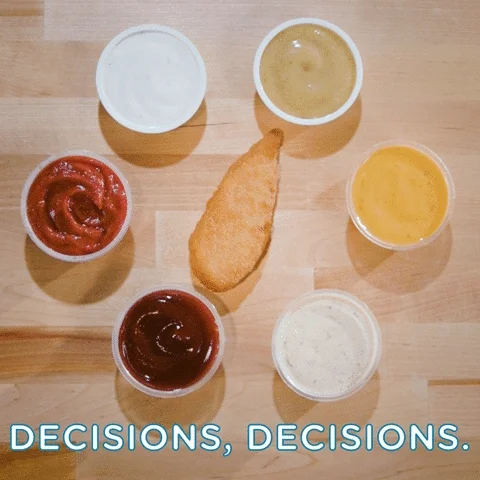
Decision-making is a big part of daily life, from choosing what to eat to picking a career path. But the way we make choices isn’t always as logical as we might like to think. Psychologists and economists have categorized decision-making styles into three main types: rational, irrational, and bounded rationality. Let’s break these down and see how they show up in our lives.
1. Rational Decision-Making: The “Logical” Approach
- Rational decision-making is all about weighing the options, considering the facts, and choosing the option that gives the best outcome. Imagine you’re buying a car: a rational approach means you’d research models, prices, mileage, and resale values to make an informed choice.
- Example: Let’s say you’re deciding where to invest your money. In a rational world, you’d research each option, calculate potential risks and returns, and pick the option that maximizes profit.
However, life isn’t always that simple. For a truly rational decision, you’d need perfect information and unlimited time. But because those are rarely available, our decisions often veer away from pure rationality.
2. Irrational Decision-Making: Going Against Logic
- Irrational decisions are those that don’t follow logic or lead to outcomes that may even harm us. Sometimes we choose a path based on emotion, impulse, or external influences rather than reason.
- Example: Imagine you’re on a diet but find yourself grabbing a donut at the checkout counter. You know it’s not the healthiest choice, yet you’re drawn to it. This decision might be influenced by a craving, stress, or just seeing the donut at the right (or wrong!) time.
Irrational decisions can happen when we’re overwhelmed, overly emotional, or influenced by biases. While they may not make sense to an outsider, they usually feel justified to us in the moment.
3. Bounded Rationality: “Good Enough” Decisions
- Bounded rationality is a blend between rational and irrational decision-making. Coined by economist Herbert Simon, it suggests that when we can’t make a perfectly rational decision due to limits on time, information, or mental energy, we settle for a “good enough” option rather than the “best” one.
- Example: Say you’re shopping for a smartphone. You could research every brand, model, and feature, but that would take ages. Instead, you narrow down the options based on reviews and budget and choose one that meets most of your needs. This is bounded rationality in action—making a decision that’s satisfactory without getting bogged down by too many details.
Bounded rationality acknowledges our human limits and shows how we often make practical, rather than perfect, decisions. We satisfy ourselves with options that work, even if they’re not the absolute best.
Why We Don’t Always Make Rational Decisions
A lot of factors steer us away from purely rational choices. Here are a few:
- Cognitive Biases: Our minds are full of shortcuts, or biases, that help us process information quickly but can lead us astray (think confirmation bias, where we favor information that aligns with our existing beliefs).
- Limited Information and Time: We rarely have all the data we’d need for a “perfect” choice, and time constraints often push us toward faster, “good enough” decisions.
- Emotional Influences: Emotions play a big role in decision-making. If we’re feeling happy, we might make bolder choices, while fear or anxiety can make us more risk-averse.
- Social Pressures: We often make decisions based on what others are doing or expecting of us, which isn’t always logical.
Which Style Is “Best”?
Each type of decision-making has its place. Rational decisions are ideal for big, important choices where we have the time and resources to analyze the options. Irrational choices might be less helpful, but they remind us that we’re human—and sometimes, going with our gut isn’t the worst thing! Bounded rationality is probably the most common approach, striking a balance between ideal and practical.
The next time you’re faced with a decision, see if you can identify which style you’re using—and remember, there’s no “perfect” choice, just the one that works for you in the moment!
Leave a Reply